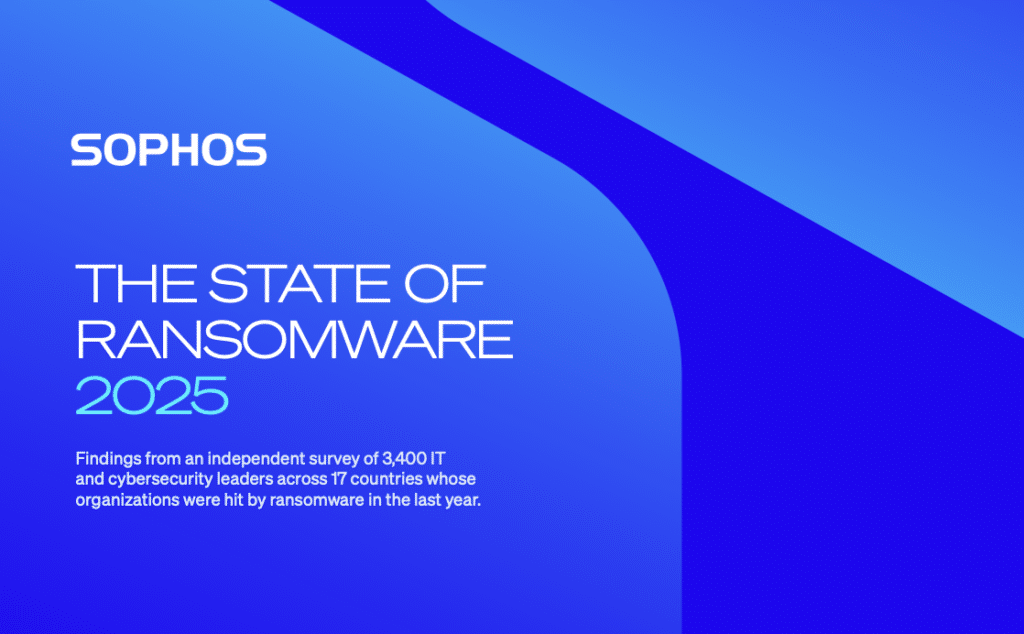The Importance of Compliance and Security: Complementary Forces in Today’s Business World

In today’s rapidly evolving business landscape, compliance and security have become paramount. These two elements, often perceived as hurdles, are in fact complementary forces that drive business success and sustainability. Understanding their importance and how they work together can transform them from perceived blockers into enablers of growth and innovation.
The Role of Compliance
Compliance refers to adhering to laws, regulations, standards and ethical practices relevant to an industry. It ensures that a company operates within the legal framework and maintains its reputation. Compliance is not just about avoiding fines and legal issues; it is about building trust with customers, partners and stakeholders. When a company is compliant, it demonstrates its commitment to ethical practices and regulatory standards, which can enhance its credibility and market position.
The Role of Security
Security, on the other hand, involves protecting an organisation’s data, systems, and networks from cyber threats and breaches. In an era where data breaches and cyber-attacks are increasingly common, robust security measures are essential. Security ensures the confidentiality, integrity, and availability of information, which is critical for maintaining customer trust and business continuity.
How Compliance and Security Complement Each Other
While compliance and security have distinct roles, they are inherently interconnected. Compliance often includes security requirements, and effective security practices help achieve compliance. Here’s how they complement each other:
- Regulatory Requirements: Many regulations, such as GDPR, HIPAA, and PCI-DSS, have specific security requirements. By implementing strong security measures, companies can ensure they meet these regulatory standards, thereby achieving compliance.
- Risk Management: Both compliance and security involve identifying and mitigating risks. Compliance frameworks often provide guidelines for risk management, while security measures address these risks directly. Together, they create a comprehensive risk management strategy.
- Trust and Reputation: Compliance and security both contribute to building and maintaining trust. Compliance shows that a company adheres to laws and ethical standards, while security demonstrates that it protects sensitive information. Together, they enhance a company’s reputation and customer confidence.
- Operational Efficiency: Integrating compliance and security can streamline processes and reduce redundancies. For example, a unified approach to risk assessments can address both compliance and security concerns, saving time and resources.
Overcoming the Perception of Compliance and Security as Blockers
Despite their importance, compliance and security are often seen as blockers to innovation and agility. This perception can be overcome:
- Embedding Compliance and Security into Business Processes: Instead of treating them as separate functions, integrate compliance and security into everyday business processes. This approach ensures that they are part of the organisational culture and decision-making.
- Leveraging Technology: Use advanced technologies such as automation, artificial intelligence, and machine learning to streamline compliance and security tasks. These technologies can reduce the burden on employees and allow for more efficient and effective management.
- Continuous Improvement: Adopt a proactive approach to compliance and security by continuously monitoring and improving practices. This mindset helps organisations stay ahead of emerging threats and regulatory changes.
- Education and Training: Educate employees about the importance of compliance and security and how they contribute to the overall success of the business. Training programs can help employees understand their roles and responsibilities, fostering a culture of compliance and security.
Mitigating AI Risks to Security
As artificial intelligence (AI) becomes increasingly integrated into business operations, it introduces new security risks that must be managed. But where do you start:
- Strict Access Controls and Authentication: Implement strong access controls and authentication mechanisms to ensure that only authorised individuals can access AI systems. This helps prevent unauthorised access and potential misuse of AI capabilities
- Improve Privacy and Data Protection Systems: Ensure that AI systems comply with data protection regulations and best practices. This includes encrypting sensitive data, anonymising personal information, and regularly auditing data access and usage
- Establish Proper Model Governance and Tracking: Implement governance frameworks to monitor and manage AI models throughout their lifecycle. This includes tracking model performance, updating models to address new threats, and ensuring transparency in AI decision-making processes
- Invest in AI Ethical and Security Training: Provide training for employees on the ethical use of AI and the importance of AI security. This helps build a culture of awareness and responsibility around AI technologies
- Work with Cybersecurity Professionals: Collaborate with experts in cybersecurity and AI to stay informed about the latest threats and mitigation strategies. This ensures that your AI systems are protected against emerging risks
Conclusion
In conclusion, compliance and security are not just necessary evils but essential components of a successful business strategy. By understanding their complementary nature and integrating them into business processes, companies can turn these perceived blockers into enablers of growth and innovation. Embracing compliance and security as integral parts of the business will not only protect the organisation but also build trust, enhance reputation, and drive long-term success. Additionally, by proactively mitigating AI-related security risks, businesses can harness the power of AI while ensuring the safety and integrity of their operations.
You may be interested in
The 2025 State of Ransomware: Key Insights on Attacks, Costs, and Recovery
Ransomware continues to evolve — and so must our defenses. The State of Ransomware 2025 report from Sophos presents one of the most comprehensive views yet into how organisations around the world are being impacted by ransomware attacks. Based on an independent survey of 3,400 IT and cybersecurity leaders across 17 countries, the report explores how attacks are evolving, the operational weaknesses adversaries exploit, and the human and financial tolls that follow. Whether you’re building a cybersecurity strategy or assessing risk, this year’s findings offer crucial, real-world insights to guide your response. Key Findings from…
Outgrowing your MSP; businesses need a provider that scales with their growth
To stay competitive, business leaders must align with MSPs that deliver strategic value, drive innovation, and support to scale. Now firmly into 2025, it’s becoming clear what the year has in store for the IT landscape. For SMBs, the message is clear: business growth must be matched with smarter, more scalable managed services. The demand for cyber-resilient, cloud-first and AI-integrated solutions is no longer a forecast – it’s a reality already shaping business priorities. According to leading global technology market analyst firm Canalys’ MSP Trends 2025 report, the MSP model is transforming under growing pressure…
End of windows 10 support signal urgent action needed from UK organisations as cyberattacks continue to rise
Recent breaches at major UK retailers, combined with the approaching end of life of Windows 10, highlights a critical moment for IT resilience planning The recent wave of cyberattacks targeting major UK retailers has highlighted the growing security risks associated with organisations running outdated systems and applications and maintaining weak identity verification protocols. These incidents—particularly those involving Marks & Spencer and the Co-Op—have starkly exposed how vulnerable legacy infrastructure and insufficient access controls can be. In both cases, attackers successfully posed as legitimate employees and manipulated IT help desks into resetting internal passwords, ultimately gaining…
UK SMEs must fortify their cybersecurity against geopolitical risks, says Espria
A recent Sky News investigation highlighted an uptick in cyberattacks tied to the Iran conflict that are targeting businesses across multiple sectors. Speaking at the NATO Summit, Prime Minister Sir Keir Starmer urged UK businesses, regardless of size or sector, to prioritise cybersecurity and ‘take immediate steps to review and strengthen their defences.’ While the warning is timely in tone, businesses are already becoming targets of politically motivated cyberattacks, emphasising the need for heightened vigilance. “As tensions spread globally, threat actors will continue to exploit digital vulnerabilities, and neutral businesses may be caught in the…
End of windows 10 support signal urgent action needed from UK organisations as cyberattacks continue to rise
End of windows 10 support signal urgent action needed from UK organisations as cyberattacks continue to rise
Why Businesses Should Invest in ESG: Lessons learned by Espria
In today’s competitive landscape, Environmental, Social and Governance (ESG) performance is no longer just a “nice to have”—it is a critical business imperative. Companies that prioritise ESG are better positioned for long-term success, risk mitigation, and reputation enhancement. Today’s world demands more from companies than just financial performance. Customers want transparency. Employees want purpose. Investors want resilience. ESG helps businesses manage risk, seize new opportunities and build trust with the people who matter most. It is how you can stay competitive, stay responsible and stay relevant in a fast-changing world. A powerful case study of…





